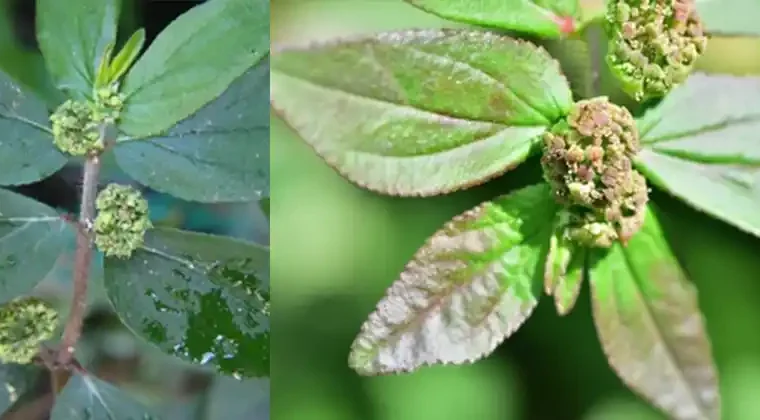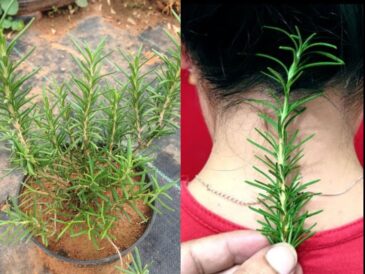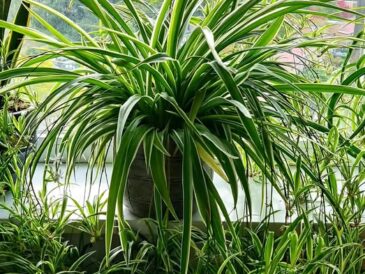Euphorbia hirta, commonly known as asthma-plant or petty spurge, is a flowering plant belonging to the Euphorbiaceae family. Renowned for its medicinal properties, this plant has been utilized in traditional medicine for centuries, particularly in tropical regions. In this article, we will explore the traditional uses and applications of Euphorbia hirta, its active components, and the potential benefits it offers.
Botanical Description
Euphorbia hirta is a small, herbaceous plant that typically grows up to 30-50 cm in height. It features slender, branching stems with oval leaves and clusters of small, yellow-green flowers. The plant is often found in disturbed areas, gardens, and roadsides across various tropical and subtropical regions. Its resilience and adaptability contribute to its widespread presence.
Traditional Uses
1. Respiratory Health
Euphorbia hirta has gained significant attention for its traditional use in treating respiratory conditions, especially asthma. The leaves and stems are often brewed into a tea, believed to alleviate symptoms such as wheezing and shortness of breath. In various cultures, it has been used as an expectorant to help expel mucus from the respiratory tract.
2. Digestive Aid
Traditionally, Euphorbia hirta has been employed to treat digestive disorders. It is thought to relieve symptoms of indigestion, diarrhea, and dysentery. The plant’s astringent properties can help in reducing gastrointestinal inflammation, making it a valuable remedy in herbal medicine.
3. Anti-Inflammatory Applications
Euphorbia hirta has been recognized for its anti-inflammatory properties. Traditional healers often use it to treat conditions involving inflammation, such as arthritis and skin irritations. The plant can be applied topically as a poultice or infusion to soothe inflamed areas.
4. Antimicrobial Properties
The plant is also noted for its antimicrobial effects. In traditional medicine, Euphorbia hirta has been used to treat infections and wounds. The latex obtained from the plant contains compounds that exhibit antibacterial and antifungal properties, making it a natural choice for treating minor cuts and abrasions.
5. Pain Relief
In some cultures, Euphorbia hirta is used as a natural analgesic. It is believed to help alleviate headaches, muscle pains, and other discomforts. The preparation may involve making a tea or poultice from the leaves to apply to affected areas.
Active Components
Euphorbia hirta contains several bioactive compounds that contribute to its medicinal properties, including:
- Flavonoids: Known for their antioxidant and anti-inflammatory effects.
- Triterpenoids: These compounds exhibit anti-inflammatory and antimicrobial activities.
- Saponins: Associated with expectorant properties, helpful in respiratory health.
- Alkaloids: Some alkaloids in the plant may contribute to its analgesic and anti-inflammatory effects.
Modern Applications and Research
continue reading in page 2




